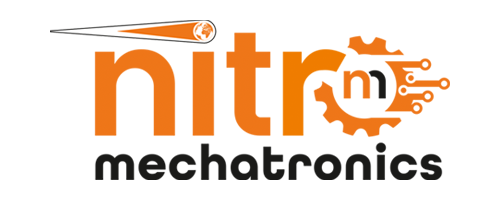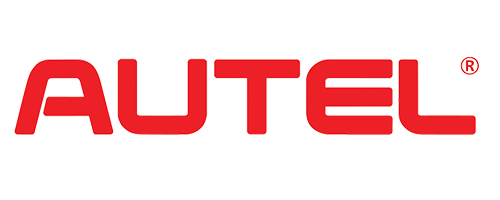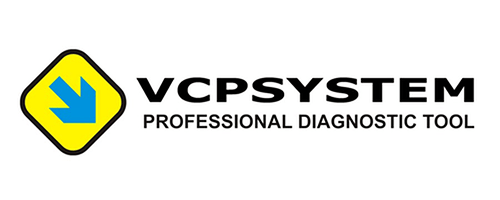What is OBD 2?Why Do We Need OBD?
What is OBD 2 ?
Before talking about OBD 2, I want to talk about what OBD technology is.
OBD is a technology developed at the end of the 20th century. The goal of this technology is to read fault codes from the engine.
The OBD system is connected to the connector. Scanning tools connect to this port.
The OBD system continuously reads data from sensors in the vehicle. The check engine light will come on if there is a serious problem with the vehicle. In this case, the car owner can connect the scanning tool to the OBD connector.
Then we can read the error code in the engine. Error codes also usually tell you which sensor detected the error, which can help you pinpoint specific points to investigate.
The vehicle must have an OBD port. If the vehicle does not have a connector such as an OBD connector, it will be difficult for a mechanic to check for fault codes in the engine for diagnosis.
For example, let's see the input location of the OBD socket in a car brand,
Ford Focus 2011 -2013
All modern vehicles, including those produced before 2000, will include an onboard diagnostic system. The system is actually a computer located on the dashboard of the car.
This computer is connected to many sensors that form a network. Furthermore, the sensors communicate with each other and with the computer.
Why Do We Need OBD?
OBD technology is an important system for both car owners and merchants. For problems that may arise in the vehicle, it is very important to understand the faults that exist in the vehicle for the performance of the vehicle.
Furthermore, the process of diagnosing vehicle performance must be fast. Due to this situation, problems with the computer system in the vehicle can be easily and quickly identified.
Thanks to this computer system, maintenance personnel can read data from sensors in your vehicle and tell you what the faulty system is. Such as system failure, impaired engine performance, or leaks.
The OBD system has both OBD 1 system and OBD 2 system. Let's examine how obd 2 system is more reliable by comparing OBD 1 and OBD 2 system. Vehicles that support the OBD 1 system only supports car manufactured in or before 1995 including some 80's models.
Vehicles that support the OBD 2 system supports car manufactured in and after 1996.OBD 1 and OBD 2 systems are commercially available but cannot be used together.
This situation can help you determine what systems your vehicle uses and what data you can get when you use the scanner.
The scanners used in the OBD 1 and OBD 2 systems are different. That's why scanners made for OBD 1 won't work on OBD 2 ports. Even if we bought the scanner for OBD 2, the scanner is not compatible with OBD 1 port.
The OBD 2 system has more advanced technology than the OBD 1 system. As a result, OBD 2 provides better, more standardized vehicle logs and system test data.
The OBD1 requires a wired connection, while the OBD 2 can be connected hands-free via Bluetooth or WiFi. Additionally, the OBD 2 system has a cable connection option.
The use of the OBD 2 system is more versatile and reliable than the OBD 1 system. Because the OBD 2 system has wider and more comprehensive compatibility.
The OBD 2 system has higher accuracy than the OBD 1 system. Because OBD 2 systems have more detailed codes than OBD 1 systems, and a message with detailed codes is displayed to determine where the problem is with the OBD 2 system. Example: "Check engine light C2132."
OBD 2 systems are more versatile than OBD 1 systems, so OBD 2 systems can support scanners from different manufacturers. However, this is not the case with the OBD-1 system.
OBD 1 has good diagnostic capabilities, while OBD 2 has better signaling protocols and message formats.
For example, when we look at OBD 2,
The OBD 2 device has a more technological system than OBD 1 system.























